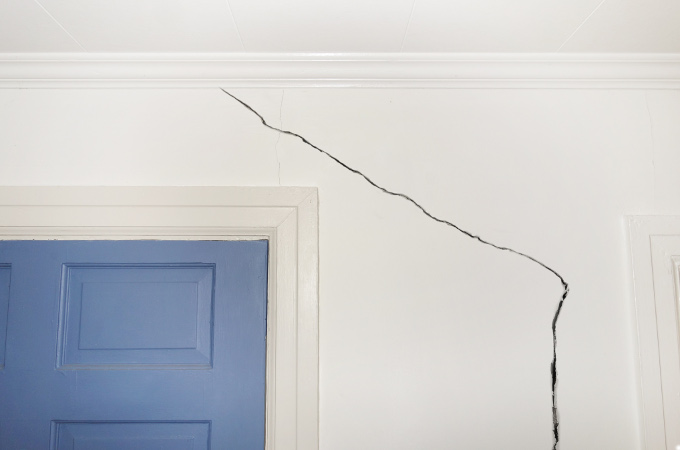How do I know if I need a more comprehensive Level 3 or a Historic Building Survey?

Even when buyers understand the importance of having a survey of the property they are purchasing, it can often be difficult to know which type of survey is the most appropriate. Generally speaking, the condition of new or nearly-new homes (built in the last 25 years) can be covered in a Level 1 Survey, while properties that are a little older (but still constructed using conventional techniques and materials) require the level of detail found in a Level 2 Survey. More comprehensive Level 3 Surveys offer a more thorough investigation into the structure and condition of a property and Historic Building Surveys are particularly appropriate in a number of circumstances. Compare surveys here.
If the property was built before the Second World War
A Level 2 Survey can be suitable for properties built up to 100 years ago, but if it is built with solid external walls rather than cavity walls a comprehensive Level 3 Survey will give you more appropriate advice. Buildings with solid external walls work very differently to properties with cavity walls, especially in relation to moisture. For older properties or unusual properties such as old timber-framed or thatched properties
All building materials will deteriorate over time and even if the condition of an older property appears to be sound, the expert eyes of a surveyor will be able to detect small symptoms of underlying issues and provide reasoned speculation about problems that may be occurring in areas that are obscured or inaccessible. This is one reason why it’s important to hire a surveyor with experience in the type of property you are purchasing.
An added benefit of the more comprehensive survey is that you will receive information about how to maintain period features or construction techniques that would not be available with a simpler report.
If the property has known defects or has been extensively altered
Less intensive reports are suitable for uncovering structural problems that may have been overlooked by untrained eyes. If there are noticeable issues in a building of any age, such as damp patches or softened timbers, then you should commission a more comprehensive survey. This will help you understand the best methods of repair and the level of urgency required.
Extensive alterations may also be an issue, especially if you are building an older property. Old buildings usually have shallower foundations than the extensions and solid walls deal with moisture in a different way, meaning that there are often issues especially if modern materials adjoin or cover old walls. If extensive changes have been made to the original structure, or if there is an age difference of several decades between two parts then a more comprehensive survey is recommended.
If it is a listed building
Listed buildings are subject to specific rules that make a more comprehensive survey essential. For example, any modifications to the structure or character of the building have to be given approval from the local Conservation Officer. Failure to obtain this is a criminal offence and the owner can be prosecuted and face severe penalties – even after you have bought the property you can be liable for often very expensive works deemed necessary to rectify work which was done without consent.
A Historic Building Survey will identify alterations which would have required listed building consent and our surveyors will provide your solicitor with information to help them confirm whether Listed Building Consent has been obtained in these instances, so you won’t need to worry.
Contact Us
Simply complete the form below and one of our friendly team will be in touch to discuss your survey options.
